What is the Cover Letter Goal?
The primary goal of a cover letter is to secure an interview. It’s your first introduction to a potential employer, and it needs to be compelling. Unlike a resume, which provides a factual summary of your experience, a cover letter gives you the opportunity to tell your story, highlight your personality, and explain why you’re the perfect fit for the specific role and company. It’s a chance to connect with the hiring manager on a more personal level and make them want to learn more about you. A well-crafted cover letter can significantly increase your chances of getting noticed and moving forward in the hiring process, ultimately landing you that coveted interview. The goal is not just to list your qualifications; it’s to convince the reader you are a good candidate.
Highlighting Your Value
Your cover letter should clearly articulate the value you bring to the table. This means focusing on your skills, experience, and accomplishments that directly relate to the job requirements. Don’t just list what you’ve done; explain how you’ve delivered results. Quantify your achievements whenever possible. Instead of saying you ‘managed projects,’ say you ‘managed projects, delivering them under budget and ahead of schedule by 15%.’ This level of detail demonstrates your ability to contribute and provides concrete evidence of your capabilities. Make sure to align your value proposition with the specific needs of the company and the expectations outlined in the job description. By doing this, you demonstrate that you have a clear understanding of their needs.
Matching Skills and Requirements
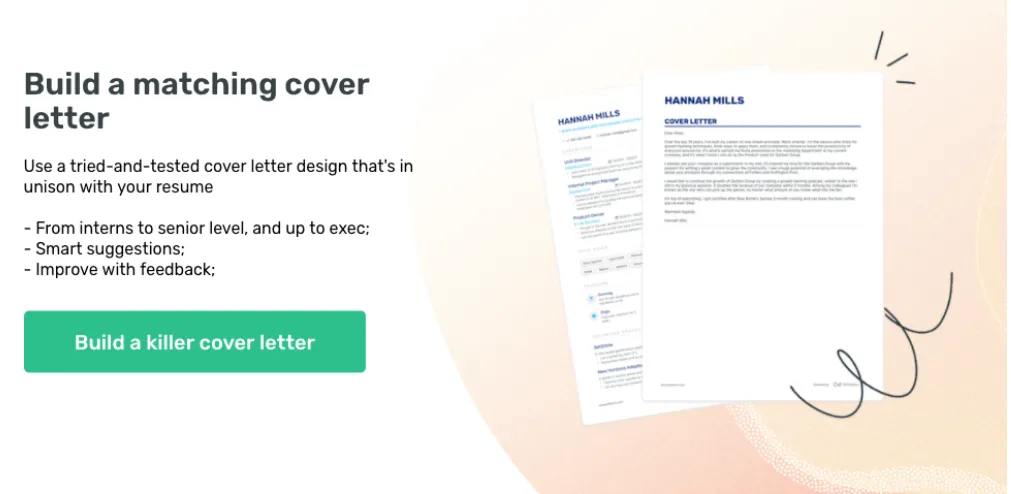
A successful cover letter acts as a bridge between your qualifications and the job requirements. Carefully review the job description and identify the key skills and experiences the employer is seeking. Then, in your cover letter, explicitly connect your skills and experiences to those requirements. Provide specific examples to show how you have used your skills to achieve results in the past. This targeted approach demonstrates that you understand the role and have the capabilities to excel in it. Don’t assume the hiring manager will make the connection; make it clear and concise. Tailor your letter to each job you apply for, highlighting the most relevant skills and experiences for each specific opportunity.
Showcasing Personality
While professional, your cover letter should reflect your personality. Use your writing style to create a memorable first impression. Your resume is simply facts; your cover letter is your opportunity to let your enthusiasm shine through. This doesn’t mean being overly casual, but rather allowing your genuine interest in the role and company to be evident. Share a brief anecdote that illustrates a key skill or achievement, or mention something that resonates with you about the company’s mission or values. This personal touch helps you stand out from other applicants and gives the hiring manager a better sense of who you are beyond your qualifications. A cover letter that shows personality is more likely to be remembered.
Secrets to a Standout Cover Letter
Tailoring to the Job
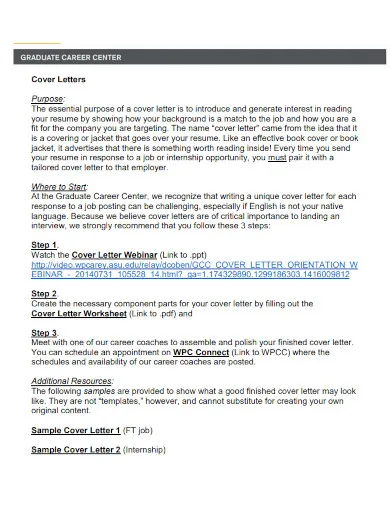
One of the most important secrets to a standout cover letter is tailoring it to each job application. Avoid using a generic template. Research the company and the specific role. Demonstrate that you understand the company’s mission, values, and current challenges. Address the specific requirements outlined in the job description, and highlight the skills and experiences that make you a strong match. Showing that you’ve taken the time to understand their needs demonstrates your genuine interest and makes your application more likely to get noticed. Customization shows that you are not just sending out mass applications; you are specifically targeting this job and this company.
Using Action Verbs
Action verbs are essential for making your cover letter impactful and engaging. Start your sentences with strong action verbs to showcase your accomplishments and responsibilities. Instead of saying ‘Responsible for project management,’ say ‘Managed projects, delivering them on time and within budget.’ This approach makes your accomplishments more vivid and provides a clear picture of your contributions. Examples of powerful action verbs include ‘achieved,’ ‘led,’ ‘developed,’ ‘implemented,’ ‘improved,’ and ‘increased.’ Using a variety of action verbs also adds dynamism to your writing and keeps the reader engaged, showing a proactive and results-oriented approach to your work.
Quantifying Achievements
Wherever possible, quantify your achievements. Using numbers and data to illustrate your impact adds credibility to your claims and makes your accomplishments more tangible. For example, instead of saying ‘Increased sales,’ say ‘Increased sales by 15% in one quarter.’ Similarly, replace ‘Improved customer satisfaction’ with ‘Improved customer satisfaction scores by 20% through implementing a new feedback system.’ Quantifiable results provide concrete evidence of your abilities and demonstrate the value you brought to previous roles. These metrics help the hiring manager see the tangible benefits of hiring you, making your application more compelling.
Structuring Your Cover Letter
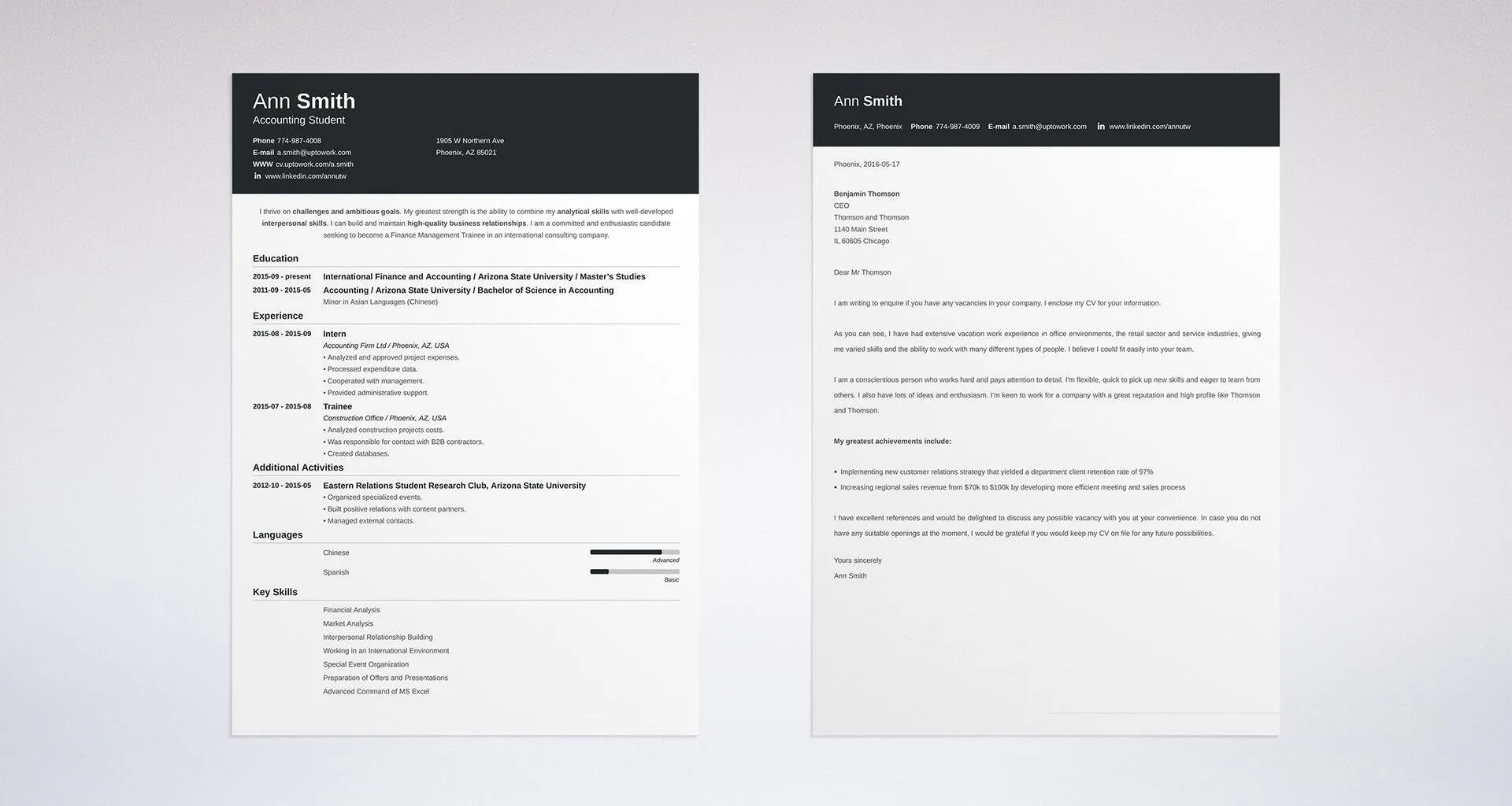
The Opening Paragraph
The opening paragraph is your first chance to grab the reader’s attention. It should be concise, engaging, and immediately convey your interest in the role. Briefly state the position you are applying for and where you found the job posting. Then, make a compelling statement about why you are a good fit. This could be a brief summary of your key skills or experience, or a statement about why you are excited about the opportunity. Avoid generic openings; instead, personalize your introduction to demonstrate your enthusiasm and make the reader want to learn more. The opening sets the tone for the rest of your letter, so make it count.
The Body Paragraphs
The body paragraphs are where you elaborate on your qualifications and explain why you are the ideal candidate. Use this section to showcase your skills, experience, and accomplishments in more detail. Provide specific examples that demonstrate your abilities and align with the job requirements. Focus on the value you can bring to the company, rather than simply listing your responsibilities. Break up your content into concise paragraphs, using headings or bullet points to improve readability. This part of your cover letter needs to persuade the hiring manager that you are the best fit.
The Closing
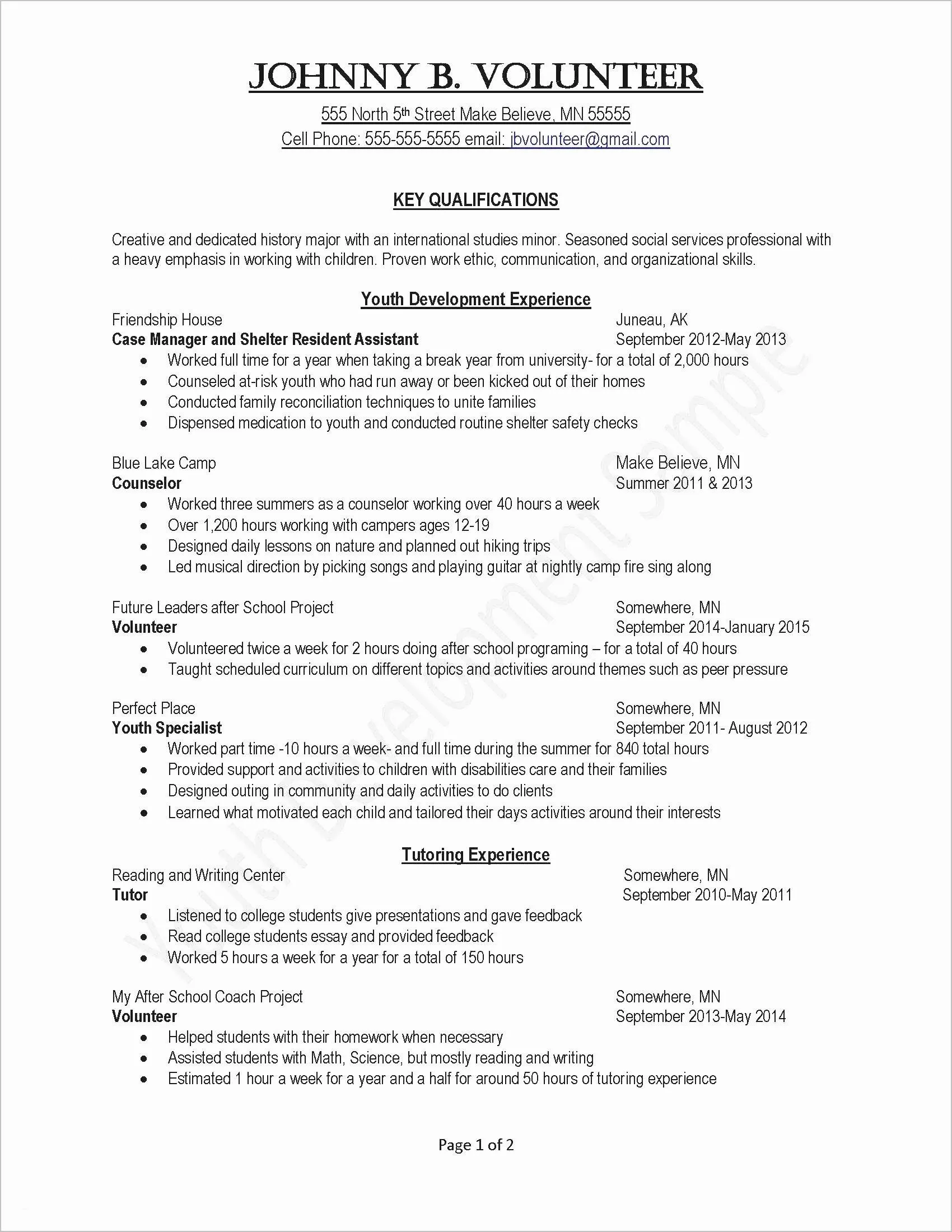
The closing paragraph is your opportunity to reiterate your interest and call to action. Reiterate your enthusiasm for the role and briefly summarize why you are a strong candidate. Express your confidence in your ability to contribute to the company’s success. Include a clear call to action, such as requesting an interview or expressing your availability for a follow-up discussion. Thank the hiring manager for their time and consideration. Proofread the closing carefully for any errors, and ensure that you have included all necessary contact information. A strong closing leaves the reader with a positive impression.
Cover Letter Best Practices
Proofreading and Editing
Before submitting your cover letter, meticulously proofread and edit it. Errors in grammar, spelling, or punctuation can undermine your credibility and give the impression that you lack attention to detail. Read your letter aloud to catch any awkward phrasing or typos. Ask a friend or family member to review it as a fresh pair of eyes often catches errors you might have missed. Pay close attention to formatting consistency, ensuring that your letter is visually appealing and easy to read. A polished and error-free cover letter reflects professionalism and demonstrates that you care about the details.
Formatting
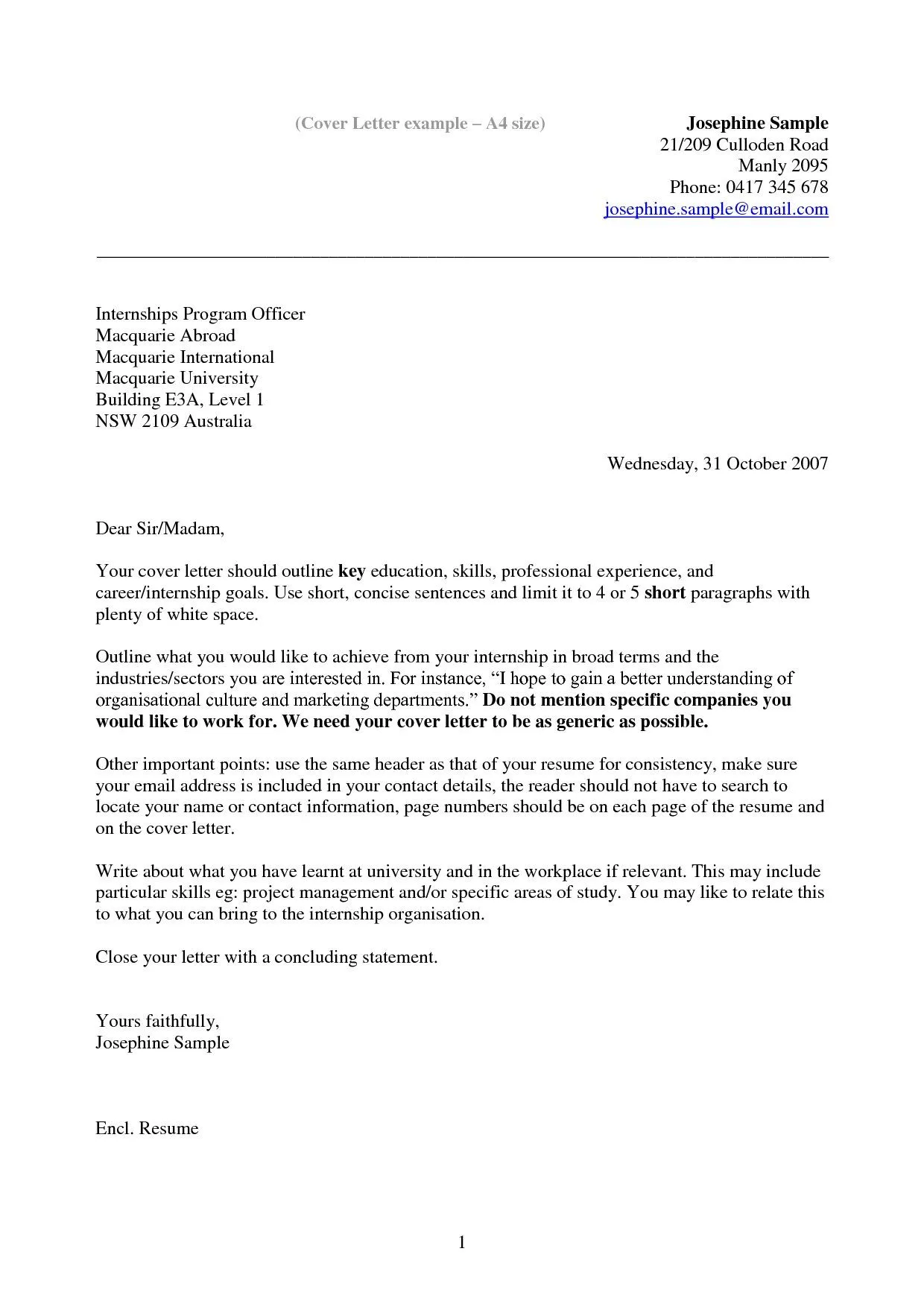
Formatting your cover letter is key to making a good impression. Use a professional and easy-to-read font, such as Times New Roman, Arial, or Calibri, in a standard size (11 or 12 points). Keep your letter concise, aiming for one page. Use clear headings and bullet points to break up large blocks of text and improve readability. Maintain consistent margins and spacing throughout the document. Avoid using excessive colors, graphics, or unusual fonts. Choose a simple, clean layout that highlights the content and makes it easy for the hiring manager to quickly scan your letter. A well-formatted cover letter demonstrates professionalism and respect for the reader’s time.
Keeping it Concise
Keep your cover letter concise and to the point. Hiring managers often have limited time to review applications, so it is crucial to convey your key qualifications quickly and effectively. Aim for one page, focusing on the most relevant information. Avoid unnecessary jargon or overly lengthy descriptions. Use clear, concise language to highlight your skills and accomplishments. Each sentence should serve a purpose, and every word should contribute to your overall message. Being succinct demonstrates respect for the reader’s time and increases the likelihood that they will read and understand your letter.
